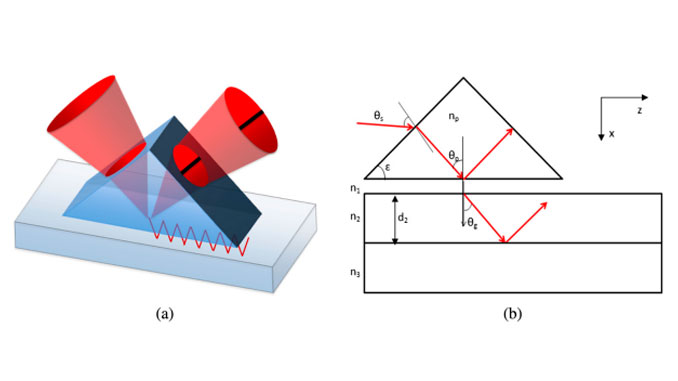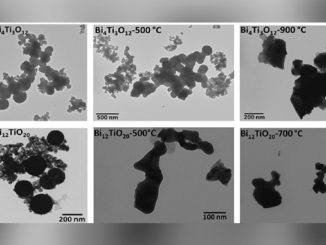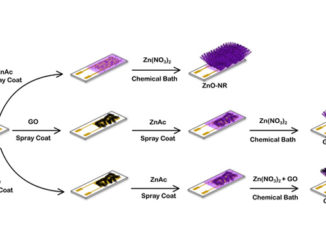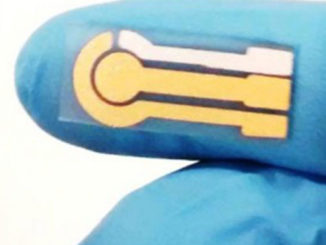
Writers: Thomas Wood, Judikaël Le Rouzo, François Flory, Paul Coudray, Valmor Roberto Mastelaro, Pedro Pelissari, Sergio Zilio
Keywords: sensor; gas; method
Abstract: Two optical techniques, m-lines and spectroscopic ellipsometry, are compared for their suitability for obtaining the wavelength and the temperature dispersion of the refractive index of thin-film layers used in gas detector devices. Two types of materials that are often integrated into gas sensors are studied: a polymer organic–inorganic blend deposited by spin coating typically used in near-infrared waveguides and the ceramic semiconductor SrTi1−xFexO3SrTi1−xFexO3 (strontium titanate) doped with iron at concentrations x=0.075x=0.075 and 0.1 deposited by electron beam deposition. The refractive index dispersion obtained by m-lines and ellipsometry is compared, and the differences between the measured parameters for the two materials are discussed. The chromatic dispersion will be represented by a three-term Cauchy law. An intuitive method for verifying the measured indices using an integrating sphere and reflexion coefficient modeling techniques are also demonstrated. Thermo-optic coefficients in the order of −1×10−4/K−1×10−4/K for both materials are reported, and very low chromatic dispersions are also measured, thanks to the high sensitivity of the m-lines technique. The uniaxial anisotropic properties of the polymer-blend films are measured and discussed in the case of the semiconductor films.
DOI: 10.1117/1.oe.52.9.094104




